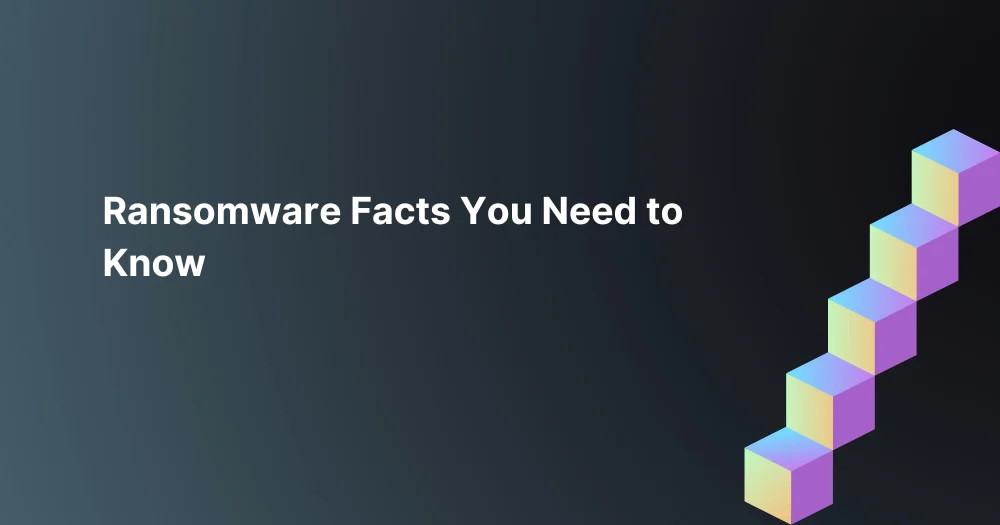
The cybersecurity industry grew extensively in 2020. Several cyber-attacks splurged during the first quarter of 2020 as companies experiment on a new workplace setup brought by the coronavirus pandemic. Companies grappled on extra security barriers as the rise for cyber-attacks become aggressive, vicious, and costly.
Ransomware lives on cybersecurity. The program perpetuates cybersecurity headlines—causing fear to most businesses. According to a recent Market Report by Coveware, ransomware threat actors took advantage of the economic and workplace disruption caused by the COVID-19 outbreak. Evil threat actors rolled out phishing and spam attacks resulting to a surged in ransomware payments across the board.
Ransomware is not new. Various ransomware programs existed even before the corona pandemic. But evil threat actors continue to adapt and evolve —holding companies hostage. But for those who recently jumped into the conversation, ransomware may sound foreign. So, let’s brush up on essential facts about ransomware:
Ransomware is a type of advanced malware attack that takes hold of your device, encrypting files so they cannot be used. The attacker makes themselves known with an official ransom demand and thorough instructions and timelines on how to make a payment.
Ransomware messages may vary depending on its type. But one thing they all have in common is they exist to encrypt your files, present you with a ransom note, and force you to pay to get your data back.
Sometimes the ransom note appears on your screen. While other times it takes over your wallpaper, replacing it with instructions on how to begin the process of paying the ransom. But whatever method, you can bet that it’s a jarring and unsettling experience. Let’s give you some examples:
A type of ransomware that encrypts over 160 file types. Locky spreads by tricking victims into downloading fake files via emails. This method is popularly called phishing, a form of social engineering. It targets a range of file types often used by designers, developers, engineers, and testers.
A popular type of ransomware attack that exploits vulnerability in the use of outdated systems.
Bad Rabbit is a ‘drive-by’ attack, where insecure websites are targeted and used to carry out an attack. During a drive-by ransomware attack, a user visits a legitimate website, not knowing that a hacker has compromised them.
Ryuk ransomware disables your network system, making it impossible to restore encrypted files without a backup.
Ransomware attackers can gain access to your device in a variety of ways. Ransomware threat actors utilize military-grade encryption algorithms and pioneering social engineering tricks to exploit victims who lack enough cybersecurity protection. There are two popular delivery channels ransomware creators use to establish attacks:
Ransomware hackers design spam emails to look like they come from legitimate email addresses they are trying to imitate. It can be delivered as an attachment or luring potential victims to an illegitimate website that requests personal information like a bank account number or social security number.
Attackers can also plan an attack using an exploit kit. A tiny device or a software kit designed to detect vulnerabilities in a computer system that it is communicating with a legitimate developer. Unlike malicious emails, exploit kits don’t need potential victims to click on any email or file attachment to spread the attack. Exploit kits allow ransomware creators to infect potential victims through a compromised website that they’ve hacked. In exploit kits, ransomware creators upload malicious code to a compromised website that can exploit vulnerabilities of its visitor’s browser and other software currently running on the device.
Small businesses are particularly vulnerable to ransomware attacks. They are the typical target since they don’t have the proper cybersecurity measures, backup, and disaster recovery plans.
If one is hit by ransomware, it affects company downtime incurring the costs of bringing your operation to a halt. This may also temporarily or permanently lose clients’ proprietary information, which may result in legal actions. The effect of extends beyond losing critical files, it creates a domino effect that damages your business.
Protecting your organization against ransomware is one-size-fits-all. You will need a comprehensive, multilayered security protection approach tailored to your business’ needs and requirements. This includes having the right security software and hardware solution, educating your employees, performing regular software updates, and backing up all critical devices.
Organizations are aware that a ransomware attack could damage their business extensively. As a result, more companies are developing specific, ransomware response plans. If you’re still unsure, BlackPoint IT released a guide on how to defend your systems from advanced malware that gives you exclusive details on how to combat ransomware.
Advanced Malware is one of the biggest threats your company can face. It is secretive, and it can go undetected for months because it’s always changing and evolving. Businesses are encouraged to act now by investing in an advanced security solution to prevent and avoid ransomware attacks from happening.
To learn more information, talk to a BlackPoint IT vCIO today! Our vCIOs walk you through the critical processes you need to keep your systems secure and safe.